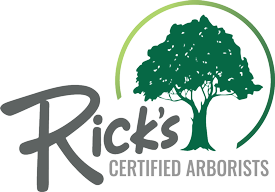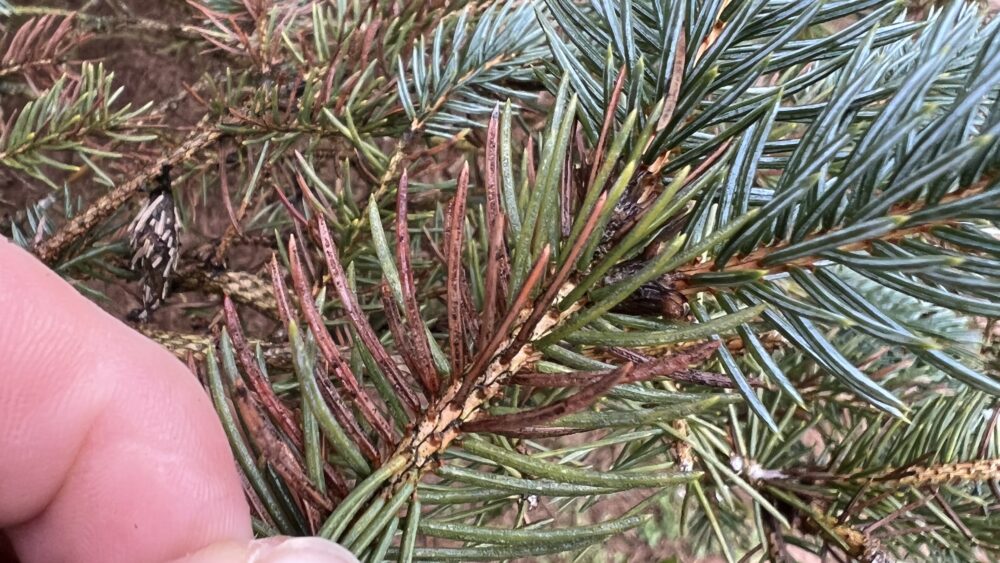Trees add life and beauty to our homes, so let’s ensure we keep them free of diseases! One of the most common problems you’ll encounter is needle cast disease.
Have you noticed the needles of your conifer trees turning brown and falling prematurely, leaving bare branches? Be wary! You likely have needle cast disease.
While it may not kill your trees, this pesky disease can make them weak and more vulnerable to other diseases and pests.
Let’s dive in further for more information regarding this fungal ailment and how West Chester’s professional tree arborist suggests you tackle it.
Got Needle Cast Disease? Here’s How to Identify It:
This disease shows itself in different ways depending on the fungus responsible for the infection. Nonetheless, some of the common tell-tale signs include:
- Discolored needles – You’ll probably notice the needles turning brown or yellow from the tree base to the crown.
- Falling needles – Infected needles usually fall off prematurely, leaving you with sparse foliage and thinning tree canopy.
- Needle spotting – You may notice tiny brown or black spots on your tree needles. Sometimes a yellow halo surrounds the spots.
- Twig dieback – The branch tips may die back, stunting the tree’s growth and limiting its vigor.
You won’t always spot all these symptoms in every incidence of needle cast disease. Furthermore, the symptoms may vary in severity depending on the affected tree species and the prevailing environmental conditions.
What Causes Needle Cast Disease?
Needle cast is among the common tree diseases that come from various fungi. Rhizosphaera kalkhoffii usually affects spruce trees, and Colorado blue spruce is perhaps the most vulnerable.
We also have Lophodermium pinastri, which is common in Scots pine and other pine trees. If you have fir trees in your yard, especially balsam fir, watch out for needle cast disease caused by Mycosphaerella dearnessii.
Other fungi responsible for this disease include Dothistroma septosporum, Diplodia pinea, and Fraser fir. However, Rhizosphaera and Stigmina are the most common fungi that cause this infection and thrive in warm and humid conditions.
Also, watch out for poor ventilation, excessive moisture, and overcrowding, as these factors can also promote needle cast disease.
How to Combat Needle Cast Disease
Sick of this fungal disease? Here are some effective solutions to deal with it:
- Plant tree species or varieties that don’t fall sick easily, even if exposed to needle-cast fungi.
- Make a habit of spacing your trees to ensure proper air circulation.
- Watering your trees is essential, but too much can be unhealthy. Keep the water away from the needles.
- Chop off diseased branches and keep infected needles and debris away from the trees.
- Treat infected trees with expert-recommended fungicides. You can also do this before disease development, as prevention is the most effective way of managing Needle Cast Disease.
Contact Your Local Tree Experts for Assistance
Got needle cast disease and need professional assistance? Rick’s PHC Certified Arborists is your trusted source for unrivaled tree care services in West Chester, PA.
Need more info or an arborist tree assessment? Give us a call at 610-840-2655 today!


Comments are closed.